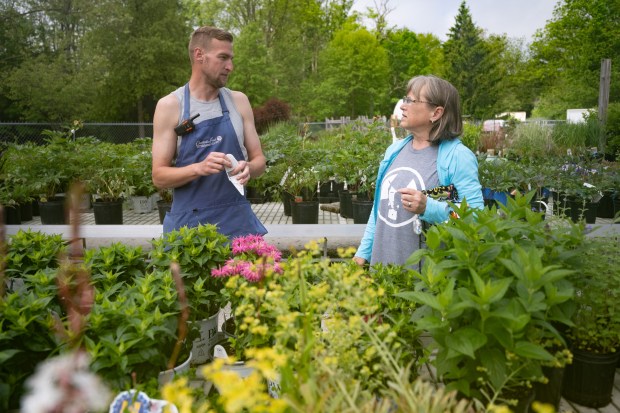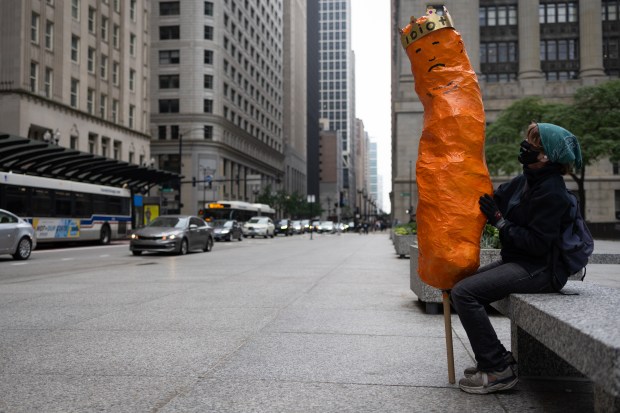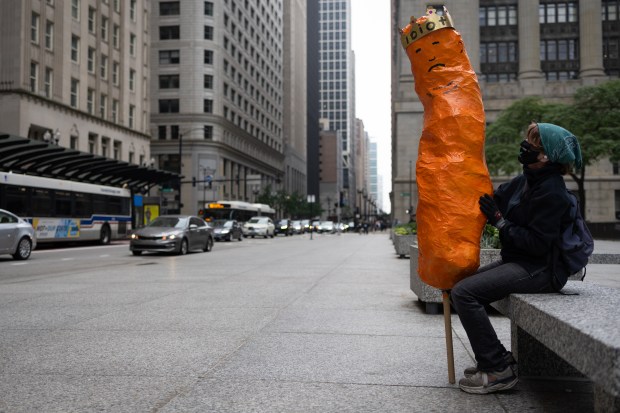Longtime master gardener John Nash, with more than 65 years of digging in the dirt, is a bit concerned that gardeners will take the news that they might be in slightly warmer zones for cold-hardy plants and run with it too far.
The hardiness zones, he warned, are based on averages, so temperatures can still — and regularly do — get colder than expected, damaging or killing plants.
“Don’t go out planting palm trees,” said Nash, of Jackson Township, “because we still live in the Midwest.”
And anyway, he and others familiar with gardening and all that comes with it said the changes are quite minimal, so the safest bet is to stick with plants that can handle cooler weather so they’re more likely to survive.”
The U.S. Department of Agriculture revamped the zone maps and announced the changes last year, based on warmer average temperatures. For Northwest Indiana, though, the change doesn’t mean much.
Valparaiso, for example, was in Zone 5.
“Now it’s debatable whether Valpo is Zone 5 or 6,” said Nikky Witkowski, extension educator for agriculture and natural resources with Purdue Extension-Porter County.
The plant hardiness zone map, according to a release from Purdue University Extension, uses weather data to map average annual extreme winter lows over a recent 20-year period. The most recent release covers weather data from 1991-2020. The previous version, released in 2012, covered weather data from 1976-2005.
The map tells gardeners what plants are likely to survive winter temperatures in their area based on recent history. It also helps vendors of landscape plants to communicate to purchasers the range of zones for which particular plants are suited, according to the release.
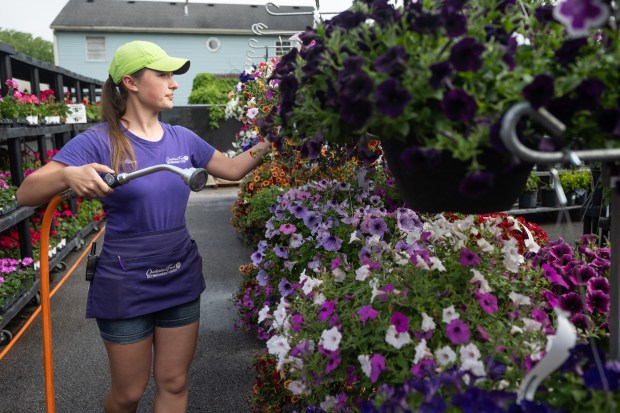
The plant hardiness map contains 13 zones, representing 10-degree temperature ranges, with half zones, a and b, in 5-degree ranges. The lower the number, the colder the temperatures; Alaska, for example, is Zone 1, according to the release
Indiana ranges from Zone 5b in the northwest, with average annual extreme minimum temperatures of -15 through -10 degrees, through 7a, with average annual extreme minimum temperatures of 0 to 5 degrees along the Ohio River.
“The a and b is not a huge difference,” Witkowski said. “A and b are different temperature ranges but when you’re going to look at plants, you’re not going to distinguish between zones.”
A strip of Lake and Porter counties along Lake Michigan has always been 6-ish, Witkowski said. According to the updated zone map, Valparaiso is on the border of Zones 5 and 6. The map is searchable by ZIP code.
“It isn’t really going to change a lot because when you look at the map, half of Porter County was already Zone 5,” Witkowski said, adding that now, a bit more is Zone 6, which also is true in Lake County.
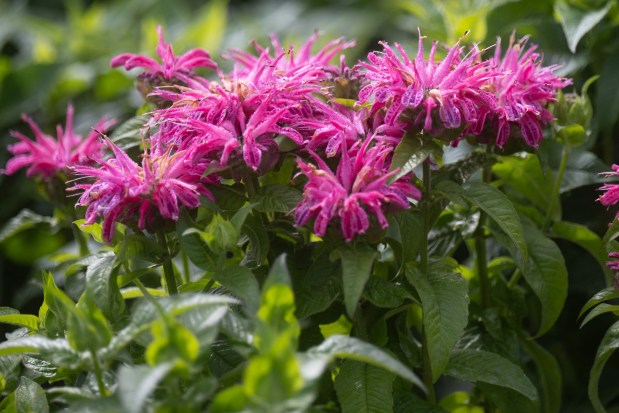
The difference is more pronounced statewide because part of Indiana is now Zone 7.
“Literally the toe of Indiana is Zone 7 and that’s it,” she said, adding that none of the state was in Zone 7 previously.
The zones can serve as a guide for how well plants can overwinter, or whether they can overwinter at all, Witkowski said, but the bigger factor to be aware of when planting is frost dates, not hardiness.
The frost-free dates for this area are May 1-10 or May 11-20, depending on how close someone lives to Lake Michigan; the closer to the lake, she said, the earlier the frost dates.
“All of your current plants will still work,” Witkowski assured any nervous gardeners. “Also, this is a prediction.” Living in Zone 6 doesn’t mean gardeners won’t have Zone 5’s chillier temperatures. “It just means it’s less likely.”
The cold is more of an issue for “soft perennials,” Chuck Roth, the owner of Chesterton Feed and Garden, said.

“In our zone, we have the lake, which creates a little more of a micro-climate. We’ve always known that,” he said.
Regardless, he suggests people stick with hardier perennials that can handle the occasional dip into the cold but acknowledged that the subtle zone changes in Northwest Indiana reflect a bigger shift in the weather.
“Global warming is a thing,” Roth said. “A lot of our plants that are labeled annuals could be perennials closer to Indianapolis.”
A Zone 5 plant is going to be “very hardy in this area,” he said.

Nash, the master gardener who lives in Jackson Township, said he’s seen killing frosts well into May, including a hard freeze one Memorial Day weekend.
“I wait until June 1st and check the long-range forecast to make sure there isn’t a cold front coming in,” he said.
alavalley@chicagotribune.com


